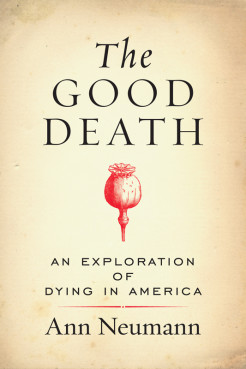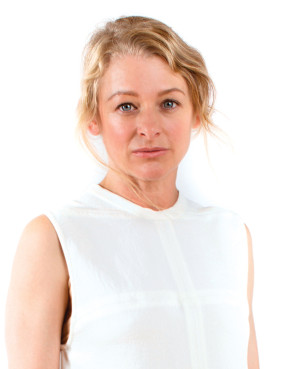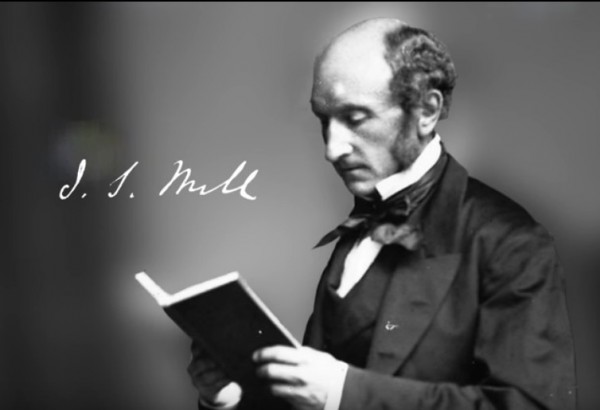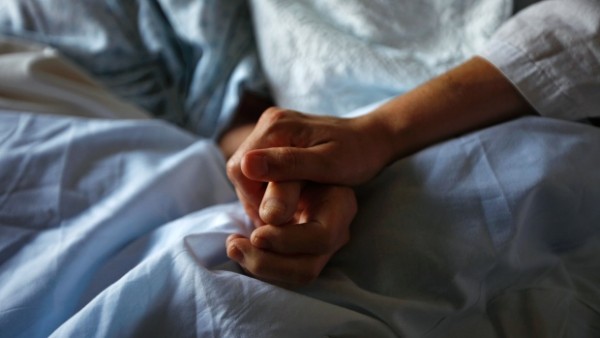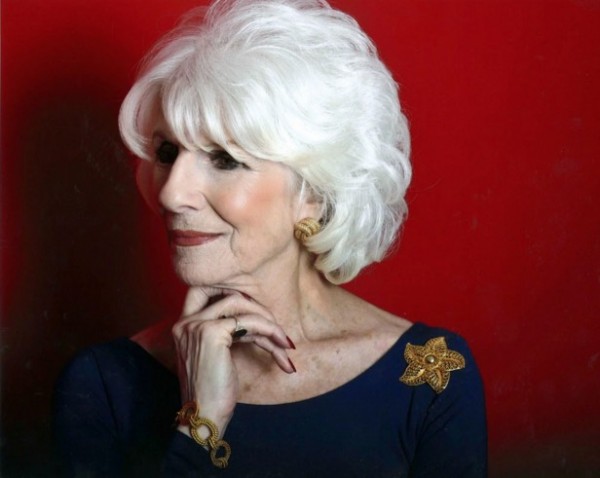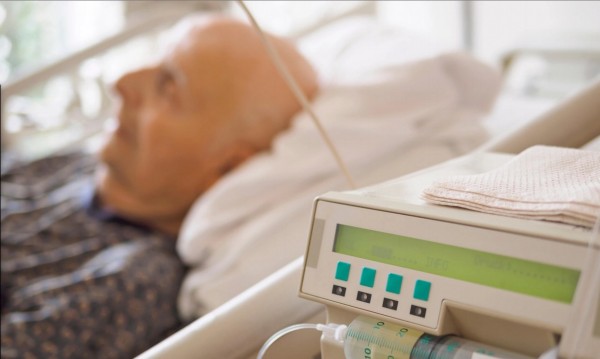‘It may be impossible to achieve consensus on many of the issues surrounding physician-assisted dying’
By Shimon Koffler Fogel
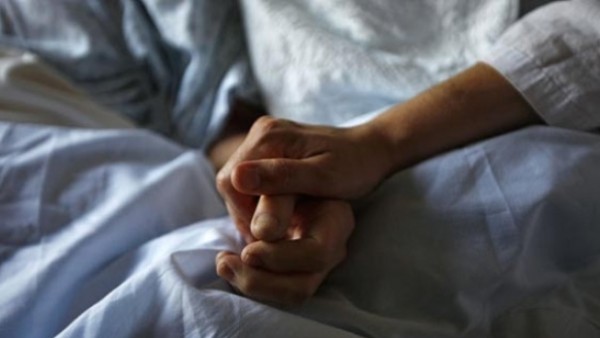
Physician-assisted dying remains a deeply personal and contentious issue among Jewish Canadians. Some in our community support physician-assisted dying, focusing on the plight of those stricken by a terminal or debilitating illness with no possibility of pain relief. Others oppose physician-assisted dying based on traditional religious grounds or due to concerns about a knock-on effect toward more broadly applied euthanasia.
The Supreme Court of Canada decision in Carter v. Canada recast this vigorous debate by determining that Canadians, under certain circumstances, will have a right to physician-assisted death. The remaining question is how this decision should be implemented.
While there is a vibrant diversity of opinion among Jewish Canadians on this subject, there are also points of unity that reflect common values within broader Canadian society.
Who’s eligible?
One such point of unity comes in the form of concern over the eligibility requirements for physician-assisted dying. Many who support physician-assisted dying base their position on situations of terminal illness or advanced stages of severely debilitating and painful diseases for which there is no relief or cure. However, the Supreme Court decision did not limit physician-assisted dying to such circumstances.
Parliament must now choose between two distinct approaches to physician-assisted dying. The first views physician-assisted dying strictly as an end-of-life option, a means for those who are nearing death to choose how and when to die. This is consistent across all North American jurisdictions where physician-assisted dying is permitted, including Quebec.
The second approach, predominant in European countries like Belgium and the Netherlands, does not restrict physician-assisted dying in this way. In these jurisdictions, children and individuals with psychiatric disorders or minor medical conditions can be eligible for a hastened death — considerations that played no part in the Supreme Court determination.
Quebec’s physician-assisted dying law, which was subject to significant, thoughtful deliberation and passed with strong, cross-party consensus, could be instructive for federal legislation in this context. In Quebec, a patient seeking physician-assisted dying must be competent and fully informed, at least 18 years of age, at the end of life, suffer from an incurable illness, be in an advanced state of irreversible decline in capability and experience constant and unbearable suffering.
Concerns persist
Even so, significant concerns persist regarding the balance between the right to physician-assisted dying set out by the Supreme Court and the conscience rights of health-care practitioners, including physicians, pharmacists and nurses. Many have deep religious, moral and professional convictions that consider referring their patients to another, willing provider to be an unconscionable act.
Yet Parliament’s special joint committee on physician-assisted dying recommended that, at a minimum, health-care providers who object to physician-assisted dying for reasons of conscience should be required to provide a referral. This disregards the Supreme Court instruction that “the charter rights of patients and physicians will need to be reconciled in any legislative and regulatory response.”
Several viable options have been put forward to balance the seemingly competing rights of patients and health-care practitioners. For example, the Canadian Medical Association has proposed a “separate central information, counseling and referral service” to which objecting physicians would direct patients seeking physician-assisted death. Another possible accommodation would require an objecting physician to notify a designated administrator of their medical institution, who would then be responsible for transferring care in a timely manner.
Others have suggested a model where physicians would be required to report all requests for physician-assisted death to a government body that would have a registry of physicians to whom it could refer patients.
Pleasing all parties
Whatever the specific approach, with creativity and thoughtfulness, the rights of objecting physicians and patients can be harmonized. What’s more, such a process would likely facilitate improved access to physician-assisted dying for patients. The Canadian Medical Association estimates that 30 per cent of its members would be willing to provide physician-assisted death. However, it is unlikely that the remaining 70 per cent would know to whom they should refer a patient. A third-party agent would be well-suited to ensuring timely patient access while preventing the violation of physicians’ conscience rights.
Regardless, physician-assisted dying must not be the only, nor the default, end-of-life option available to patients. While respecting the division of jurisdictional responsibilities, the federal government should do its utmost to ensure that palliative care of the highest quality is universally accessible and that first-rate psychosocial supports are made available to all Canadians separately from physician-assisted dying. While it may be impossible to achieve consensus on many of the issues surrounding physician-assisted dying, surely we can all agree that every Canadian should have access to other means of alleviating suffering before contemplating a physician-assisted death.
Complete Article HERE!


